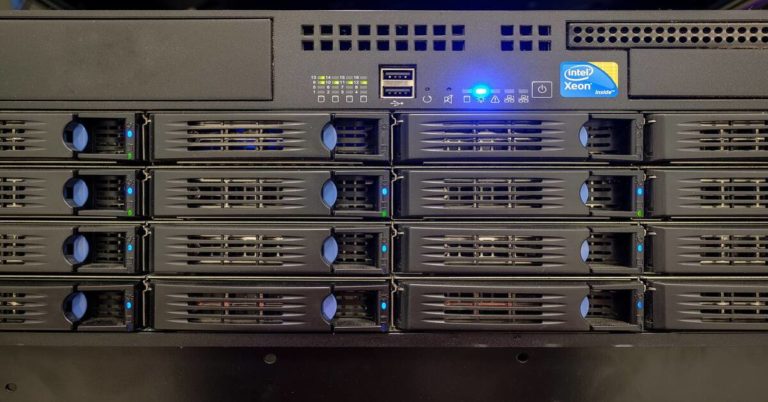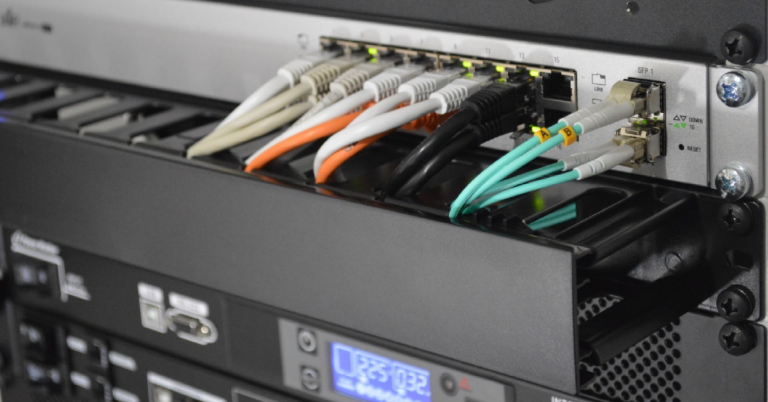Understanding Metropolitan Area Network (MAN)
Metropolitan Area Networks (MAN): Architecture, Applications, and the Role in Modern Enterprise Networking
In the interconnected era of smart cities, telemedicine, cloud computing, and digital campuses, a single Local Area Network (LAN) is rarely sufficient. While Wide Area Networks (WANs) offer global reach, they’re often costly, complex, and overkill for regional needs. This is where Metropolitan Area Networks (MANs) bridge the gap—offering high-speed, scalable connectivity across urban environments.
A MAN is essential for linking corporate offices, government institutions, hospitals, and academic campuses across a city. Yet, despite their critical role in networking infrastructure, MANs are often under-discussed.
Table of Contents
- What Is a Metropolitan Area Network (MAN)?
- MAN vs LAN vs WAN: What’s the Difference?
- How a MAN Works: Core Architecture and Technologies
- Logical Topologies Used in MAN Design
- Benefits of a Metropolitan Area Network
- Real-World Use Cases of MANs
- Challenges in MAN Deployment
- Design Considerations for Building a Reliable MAN
- The Future of Metropolitan Area Networks
- Conclusion: Why Every Enterprise Needs to Understand MAN
- Further Reading & Resources
- Frequently Asked Questions (FAQ)
What Is a Metropolitan Area Network (MAN)?
A Metropolitan Area Network (MAN) is a high-speed network that spans a geographic area larger than a LAN but smaller than a WAN, typically within a single city or municipality (5–50 km). Its primary goal is to interconnect multiple LANs across a metropolitan region.
Key Characteristics of MAN:
- Coverage: 5 to 50 km
- Speed: 1 Gbps to 100 Gbps
- Ownership: Private or public
- Media: Fiber optics, with coaxial or copper at edges
- Topologies: Point-to-point, hub-and-spoke, mesh
MAN vs LAN vs WAN: What’s the Difference?
| Feature | LAN | MAN | WAN |
|---|---|---|---|
| Coverage Area | Office or campus | City-wide | Nationwide or global |
| Speed | Up to 10 Gbps | 1–100 Gbps | Varies (Mbps–Gbps) |
| Ownership | Private | Private or ISP | Carrier-owned |
| Cost | Low | Moderate | High |
| Use Case | Office networking | Intra-city branch connectivity | Cross-region communications |
How a MAN Works: Core Architecture and Technologies
MANs interconnect LANs using high-performance technologies at Layer 1 and Layer 2 of the OSI model. Common protocols and hardware choices ensure reliability, scalability, and security.
Common Technologies:
- Carrier Ethernet: Scalable Layer 2 Ethernet over fiber
- MPLS: Label-switching for traffic engineering and VPNs
- DWDM: Fiber multiplexing for huge bandwidth
- SDH/SONET: Synchronous transport over optical media
Logical Topologies Used in MAN Design
Designing a MAN requires selecting topologies that balance performance and cost:
- Point-to-Point: Direct links between locations
- Hub-and-Spoke: Centralized core site with branches
- Dual-Homed: Redundant connections for resiliency
- Fully Meshed: Each site connects to every other site
- Partially Meshed: Strategic links for cost-efficiency
Benefits of a Metropolitan Area Network
- High-Speed Data Transfer: Supports VoIP, video, and large files
- Cost Efficiency: Cheaper than multiple WAN links
- Improved Security: Enables private infrastructure
- Redundancy: Design for failover and uptime
- Scalability: Easily grows with demand
Real-World Use Cases of MANs
- Education: Inter-campus fiber for universities
- Healthcare: Link hospitals, labs, and clinics
- Government: Smart city infrastructure and municipal offices
- Business: HQ and branch connectivity
- Telecom: Aggregating customer traffic
Challenges in MAN Deployment
- Security: Requires advanced segmentation and monitoring
- Maintenance: Demands skilled staff and tools
- Upfront Investment: Fiber, switches, and routers are costly
- Regulatory Compliance: Varies by region and provider
Design Considerations for Building a Reliable MAN
- Redundancy: Include dual links and backup ISPs
- QoS: Prioritize time-sensitive traffic
- Security: Use VPNs, ACLs, and encryption
- Scalability: Choose MPLS or Ethernet-based design
- Monitoring: Implement SNMP, NetFlow, and real-time analytics
The Future of Metropolitan Area Networks
- 5G Integration: Wireless backhaul for edge access
- AI in Networking: Predictive maintenance and traffic optimization
- SD-WAN: Greater agility and cloud-first deployments
- Edge Computing: Local processing for low-latency services
- Green Networking: Eco-friendly hardware and smart routing
Conclusion: Why Every Enterprise Needs to Understand MAN
MANs are the ideal networking solution for high-speed, city-wide connectivity. They combine the best of LAN simplicity with WAN reach, offering performance, flexibility, and future readiness. Organizations that understand and invest in MAN technology are better positioned to scale, secure, and support mission-critical operations across urban environments.
Frequently Asked Questions (FAQ)
What is the primary difference between a MAN and a WAN?
A MAN covers a city or metro area (5–50 km), while a WAN spans larger regions, often nationally or globally.
Is Metro Ethernet the same as MAN?
Metro Ethernet is a common technology used to build MANs, but is not synonymous with MAN itself.
Can a business build its own MAN?
Yes, many large enterprises and universities build private MANs using dark fiber or leased circuits.
Does 5G replace the need for MANs?
No, 5G can complement MANs, especially for edge access and wireless backhaul, but fiber-based MANs offer higher bandwidth and reliability.
What protocols are used in MANs?
Common protocols include Carrier Ethernet, MPLS, DWDM, and sometimes legacy SDH/SONET.





